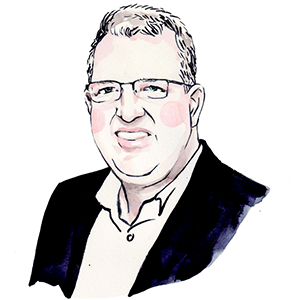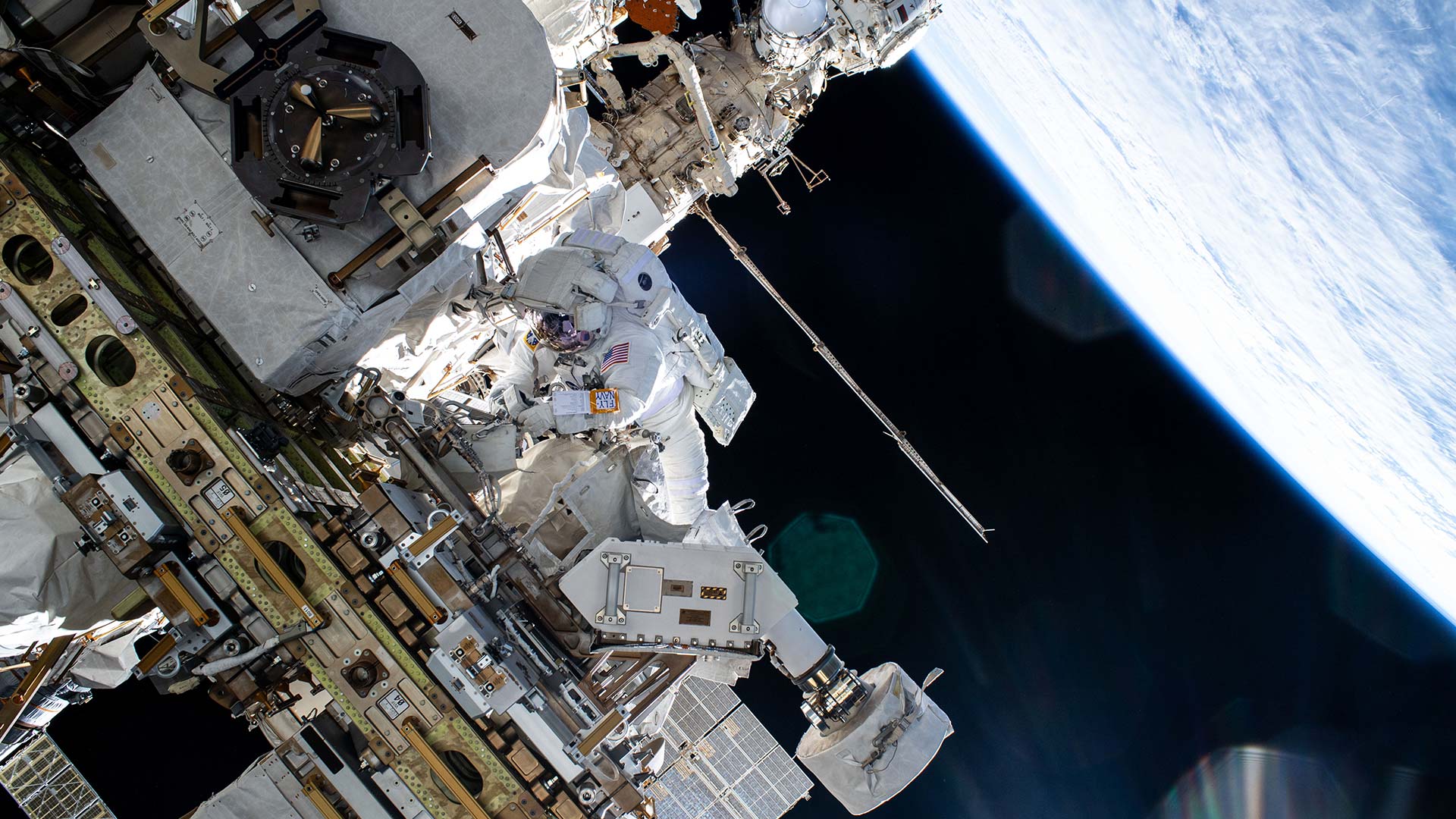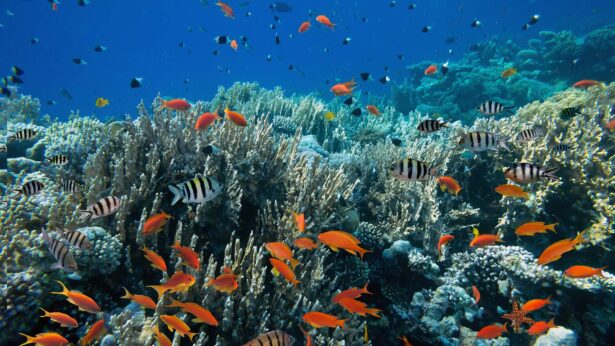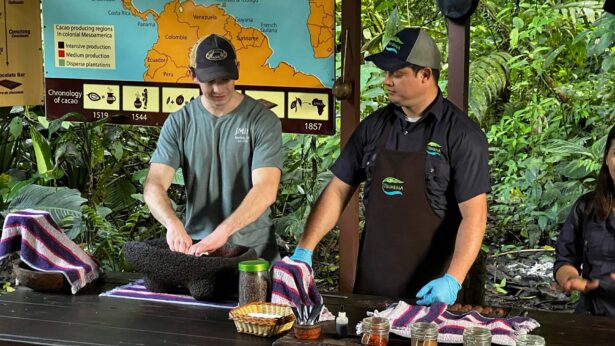One of the strengths of the University of Tennessee Space Institute (UTSI) is our work in hypersonics, flight through the atmosphere at extreme speeds. It’s important to both the Department of Defense (DOD) and NASA but for very different purposes.
A quip I share with my hypersonics students is, “What’s the difference between NASA and DOD hypersonic systems? NASA wants their stuff back.” Feel free to use that one at a neighborhood get-together this summer; I’m sure it will be a big hit.
When UTSI alumnus Butch Wilmore spent a little longer than intended in space recently, I received several media inquiries asking for my opinion on the probability of his expedient return. Given the incredible array of complex systems involved in returning a human from space through extreme re-entry flight conditions, there was no way I or any other individual outside NASA could have answered with authority. But I was confident in my response: “They’ll bring him back when they’re 100 percent ready.” That’s because NASA wants their stuff—like astronauts—back safely.
Besides astronauts, there are many other extremely valuable things in space, including the satellites we use for navigation, communication, banking transactions, weather forecasting and much more. As increasingly more systems that our lifestyles depend on are in orbit, the ability to replace them quickly—or, heaven forbid, to clean up the mess if a couple of them were to collide—becomes crucially important. (Try finding parking in Knoxville without a navigation app.)
Defense systems have extremely little margin for risk. They must be ready on demand and in all weather conditions. Unfortunately, in hypersonics we appear to have fallen behind. In 2021, Chairman of the Joint Chiefs of Staff Gen. Mark Milley described a Chinese weapons test as close to a “Sputnik moment.” A lack of parity in hypersonic weapons heightens the risk of conflict, so we’re trying to close this gap while balancing the risks involved in developing new systems quickly.
In 1944, Gen. H.H. Arnold, namesake of the Air Force’s Arnold Engineering Development Complex in southern Middle Tennessee, said: “The first essential of the airpower necessary for our national security is preeminence in research. The imagination and inventive genius of our people—in industry, in the universities, in the armed services and throughout the nation—must have free play, incentive and every encouragement.” Well said, Gen. Arnold.
So, the next time you’re wondering what all the rocket scientists in Tullahoma are doing for you, keep in mind that the impact of our research affects many aspects of everyday life you may not realize. Whether it’s keeping a single astronaut or our country safe, contributing to communication that brings the world closer together, or helping you find the shortest route to the Vols game, our work helps reduce risk in our lives.
I guess you could say that I’m in the insurance business.

JOHN SCHMISSEUR SERVES AS EXECUTIVE DIRECTOR OF THE UNIVERSITY OF TENNESSEE SPACE INSTITUTE IN TULLAHOMA AND ASSOCIATE DEAN OF UT KNOXVILLE’S TICKLE COLLEGE OF ENGINEERING. HE CAME TO UTSI IN 2014 AFTER SPENDING 23 YEARS IN THE U.S. AIR FORCE. HE EARNED HIS BACHELOR’S AND MASTER’S DEGREES IN AEROSPACE ENGINEERING FROM THE UNIVERSITY OF TEXAS AND HIS DOCTORATE IN AERONAUTICS AND ASTRONAUTICS AT PURDUE UNIVERSITY.



